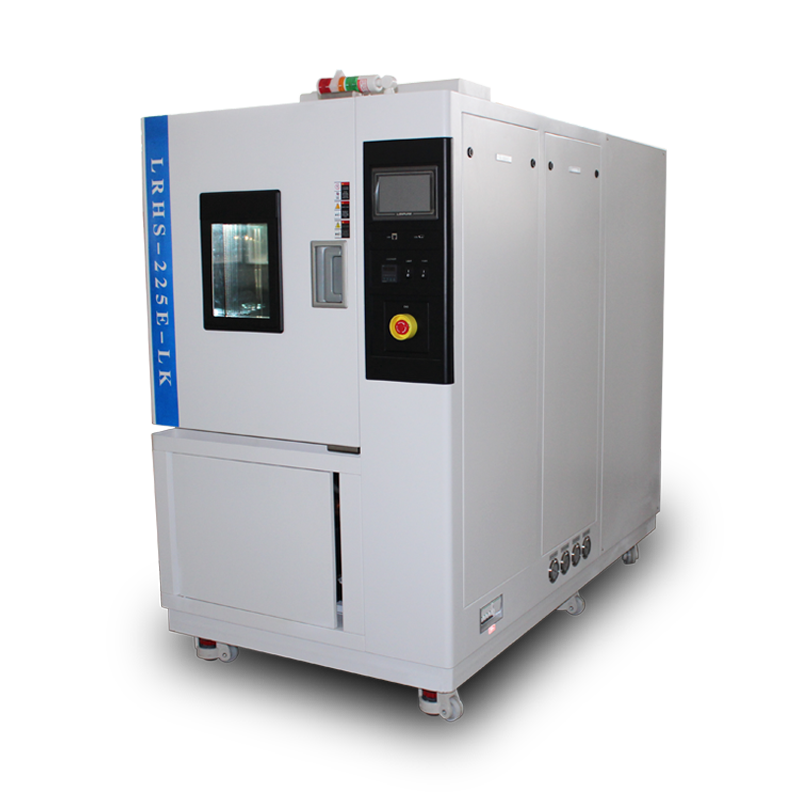In today’s fast-evolving technological landscape, industries are demanding higher performance from equipment—especially in material testing and environmental simulation. Rapid temperature change rate has become a critical benchmark for test chambers. But can a thermal shock chamber truly achieve 15°C/min ramp rates, or is this just an overpromise?
What the spec means
• Ramp rate is expressed as ΔT per minute, averaged over the air inside the empty working volume.
• It is NOT the temperature swing seen by a loaded specimen, which will always lag behind the air.
• The figure must be sustained across the full operational span (typically –70 °C to +180 °C).
• Ramp rate is expressed as ΔT per minute, averaged over the air inside the empty working volume.
• It is NOT the temperature swing seen by a loaded specimen, which will always lag behind the air.
• The figure must be sustained across the full operational span (typically –70 °C to +180 °C).
Current state of the art
Yes—15 °C/min is technically feasible today, but only if the chamber is engineered for it. Key enablers include:
Yes—15 °C/min is technically feasible today, but only if the chamber is engineered for it. Key enablers include:
-
High-capacity cascade refrigeration (two or three stages) or LN₂ boost cooling.
-
High-wattage, low-mass heaters and ceramic-fiber insulation to minimize thermal inertia.
-
Variable-speed, high-flow fans and carefully tuned baffles to eliminate hot/cold spots.
-
PID or model-predictive control algorithms with sub-second update loops.

Limitations you should know
• Payload penalty: Once you load real samples or fixtures, the effective rate seen by the product often drops to 8–12 °C/min.
• Power and cooling water: A 15 °C/min chamber can pull 30 kW+ and needs chilled water at 7–10 °C.
• Mechanical wear: Compressors, valves, and seals cycle far more often, so reliability hinges on premium components and predictive maintenance.
• Cost: Expect to pay 1.5–2× the price of a conventional 5 °C/min unit.
• Payload penalty: Once you load real samples or fixtures, the effective rate seen by the product often drops to 8–12 °C/min.
• Power and cooling water: A 15 °C/min chamber can pull 30 kW+ and needs chilled water at 7–10 °C.
• Mechanical wear: Compressors, valves, and seals cycle far more often, so reliability hinges on premium components and predictive maintenance.
• Cost: Expect to pay 1.5–2× the price of a conventional 5 °C/min unit.
What to verify before purchase
• Ask for a test report showing the actual ramp curve at –55 °C → +125 °C with a full load.
• Check compressor redundancy—single-point failure can halt production testing.
• Ensure the controller allows ramp-rate limiting so you can dial back when the test does not require the full 15 °C/min.
• Validate service support; these high-performance systems require OEM-trained technicians.
• Ask for a test report showing the actual ramp curve at –55 °C → +125 °C with a full load.
• Check compressor redundancy—single-point failure can halt production testing.
• Ensure the controller allows ramp-rate limiting so you can dial back when the test does not require the full 15 °C/min.
• Validate service support; these high-performance systems require OEM-trained technicians.
15 °C/min is no longer science fiction, but it comes with trade-offs in energy, cost, and maintenance. If your test standard (e.g., MIL-STD-883, IEC 60068-3-5) demands it, specify it explicitly and insist on third-party verification. Otherwise, a 10 °C/min unit may give you the throughput you need without the operational headaches.












